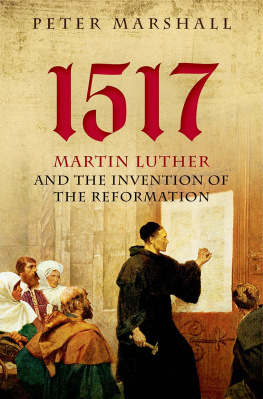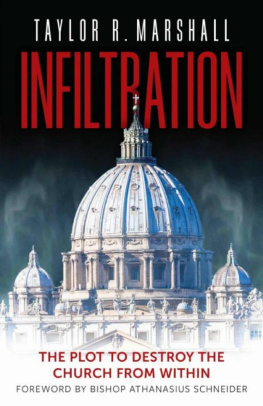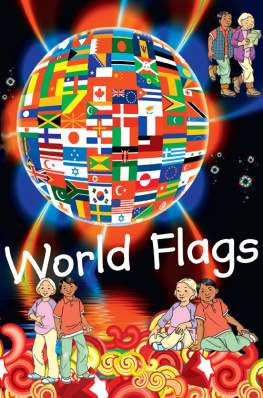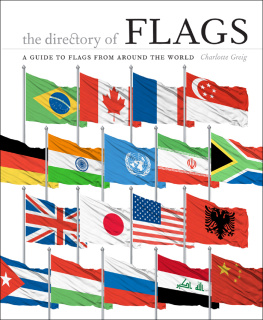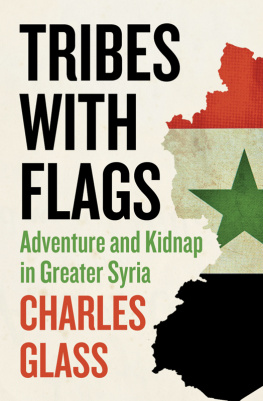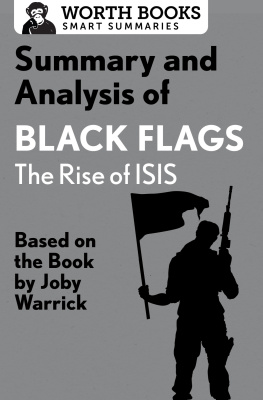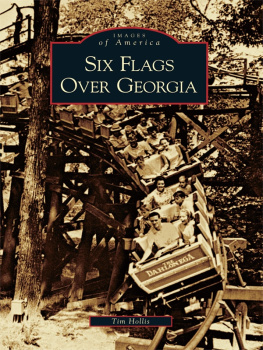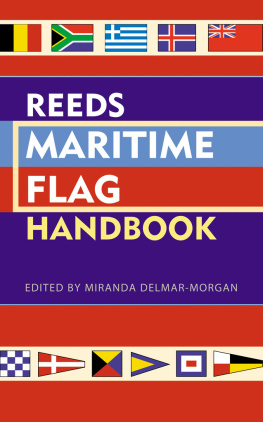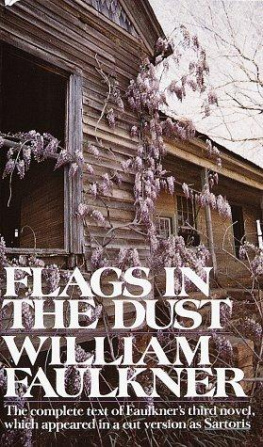Thank you for downloading this Simon & Schuster ebook.
Get a FREE ebook when you join our mailing list. Plus, get updates on new releases, deals, recommended reads, and more from Simon & Schuster. Click below to sign up and see terms and conditions.
CLICK HERE TO SIGN UP
Already a subscriber? Provide your email again so we can register this ebook and send you more of what you like to read. You will continue to receive exclusive offers in your inbox.
We hope you enjoyed reading this Simon & Schuster ebook.
Get a FREE ebook when you join our mailing list. Plus, get updates on new releases, deals, recommended reads, and more from Simon & Schuster. Click below to sign up and see terms and conditions.
CLICK HERE TO SIGN UP
Already a subscriber? Provide your email again so we can register this ebook and send you more of what you like to read. You will continue to receive exclusive offers in your inbox.
Contents
Praise for A FLAG WORTH DYING FOR from the UK
A fascinating tour of the worlds ensigns, their histories and meanings... a sobering lesson in just how silly we human beings can be.
Daily Mail (UK)
Insightful and entertaining... a truly fascinating book that feels all the more considered and urgent in todays world of Brexit, Trump, China and ISIS .
Wanderlust magazine
This might be the comprehensive flag volume weve all been waiting fora slick yet detailed and well-researched journey through some of the worlds most infamous and interesting flags.... Marshall guides us through this myriad of stories admirably.
Geographical magazine
Marshall points out that we often forget the aggressive symbolism of established flags... [they] are a quick, visual way of communicating loyalties, power and ideas.
The Times (London)
A must-read for anyone wishing to grasp the meanings behind todays international affairs.
Human Security Centre
Marshall has drawn on 25 years as a reporter in 40 countries to produce an engagingly written, veritable page-turner. Whether the topic is ethnic identity, Japanese imperialism, Panamanian shipping law or the defeat of Nazism, flags speak volumes about our human condition.
The Jewish Chronicle
Introduction
I am no more than what you believe me to be and I am all that you believe I can be.
The American flag in a conversation as imagined by Franklin K. Lane, US secretary of the interior, Flag Day, 1914
O n 9/11, after the flames had died down and the dust had mostly settled, three FDNY firefighters clambered onto the still-smoking wreckage of the World Trade Center in New York City and raised the Stars and Stripes.
The event was not planned, and there were no official photographers; the three men just felt that amid such death and destruction, they should do something good. A local newspaper photographer, Tom Franklin, captured the moment. Later he commented that his picture said something to me about the strength of the American people.
How could a piece of colored cloth say something so profound that the photo was reproduced not only across the United States but in newspapers around the world? The flags meaning comes from the emotion it inspires. Old Glory, as the Americans know it, speaks to them in ways that a non-American simply cannot share. Non-Americans, however, can understand this, because many have similar feelings about their own symbols of nationhood and belonging. You may have overtly positive, or indeed negative, opinions as to what you think your flag stands for, but the fact remains: that simple piece of cloth is the embodiment of the nation. A countrys history, geography, people, and valuesall are symbolized in the cloth, its shape, and the colors in which it is printed. It is invested with meaning, even if the meaning is different for different people.
Each of the worlds flags is simultaneously unique and similar. They all say somethingsometimes perhaps too much.
That was the case in October 2014 when the Serbian national soccer team hosted Albania at the Partizan Stadium in Belgrade. It was Albanias first visit to the Serbian capital since 1967. The intervening years had witnessed the Yugoslav civil war, including the conflict with the ethnic Albanians in Kosovo. That ended in 1999 with the de facto partition of Serbia, following a three-month NATO bombing of Serb forces, towns, and cities. Then, in 2008, Kosovo unilaterally declared itself an independent state. The move was supported by Albania and recognized by many countries; Spain, notably, was one that did not. It understood that the sight of the Kosovar flag flying above the capital of an independent Kosovo might galvanize the Catalonian independence movement.
Fast-forward six years, and tensions between Serbia and Kosovo, and by extension Albania, were still high. In the certain knowledge that they would be attacked, away fans had not been allowed to attend.
It was a slow-paced game, albeit with a highly charged atmosphere, punctuated by loud chants of Kill the Albanians ringing out from the stands. Shortly before halftime, fans and then some players began to notice that a remote-controlled drone was approaching slowly out of the night sky toward the halfway line on the playing field. It was later discovered to have been piloted by a thirty-three-year-old Albanian nationalist called Ismail Morinaj, who was hiding in a tower of the nearby Church of the Holy Archangel Gabriel, from where he could see the field.
As the drone flew lower, a stunned silence began to descend around the stadium and then, as it hovered near the center circle, there was a sudden explosion of outrage. It was carrying an Albanian flag.
This wasnt merely the flag of the country, which alone would likely have caused problems. This flag bore the double-headed Albanian black eagle, the faces of two Albanian independence heroes from the early twentieth century, and a map of Greater Albania, incorporating parts of Serbia, Macedonia, Greece, and Montenegro. It was emblazoned with the word autochthonous , a reference to indigenous populations. The message was that the Albanians, who consider themselves to be of ancient Illyrian origin from the fourth century BCE , were the real people of the regionand the Slavs, who arrived only in the sixth century CE , were not.
A Serbian defender, Stefan Mitrovi, reached up and grabbed the flag. He later said he began folding it up as calmly as possible in order to give it to the fourth official so that the game could continue. But two Albanian players snatched it from him, and that was that. Several players began fighting with each other; then a Serbian fan emerged from the stands and hit the Albanian captain over the head with a plastic chair. As more Serbs poured onto the playing field, the Serb team came to their senses and tried to protect the Albanian players as they ran for the tunnel, the match abandoned. Missiles rained down on them as the riot police fought fans in the stands.
The political fallout was dramatic. The Serbian police searched the Albanian teams dressing room and then accused the brother-in-law of the Albanian prime minister of operating the drone from the stands. The media in both countries went into nationalistic overdrive; Serbias foreign minister, Ivica Dai, said his country had been provoked and that if someone from Serbia had unveiled a flag of Greater Serbia in Tirana or Pristina, it would already be on the agenda of the UN Security Council. A few days later, the planned visit of the Albanian prime minister to Serbia, the first in almost seventy years, was canceled.
George Orwells aphorism that soccer is war minus the shooting was proved right, and, given the volatility in the Balkans, the mix of soccer, politics, and a flag could have led to a larger conflict.
Next page


